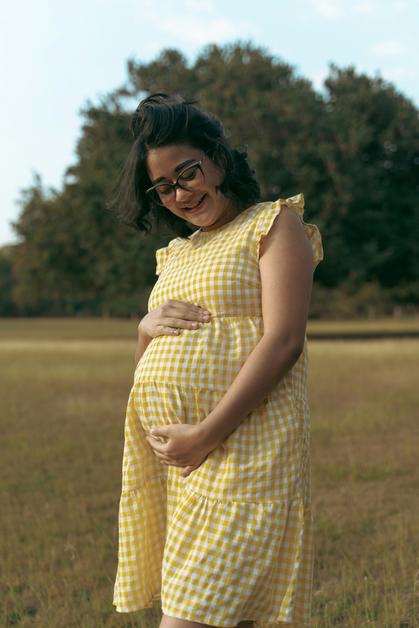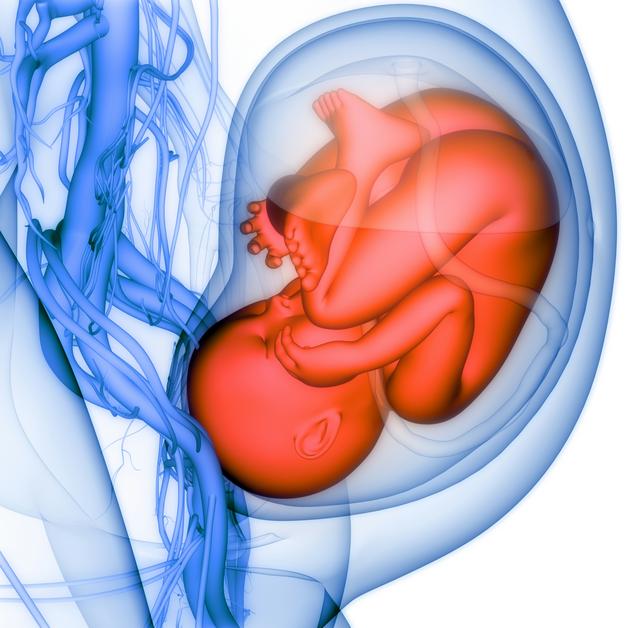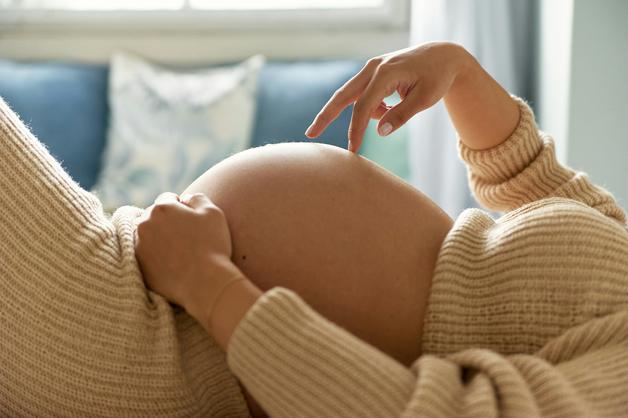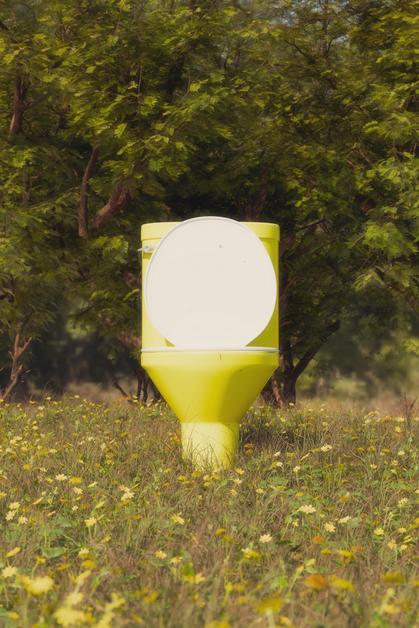Rubella pregnancy—two words, yet so many questions and, sometimes, a wave of anxiety for expecting parents. Invisible but intensely significant, this viral condition lingers in conversations between pregnant women and their healthcare providers. What if a rash appears during the first trimester? Why is rubella so carefully monitored in prenatal care? Let’s shed some light—offering both pragmatic advice and factual answers—to empower you, as parents, to make informed and confident choices. This exploration delves into risks, modes of transmission, why vaccinations before conception are a central theme, and how families can find support if a rubella pregnancy becomes a reality.
What Is Rubella? Foundations for Parents and Families
Rubella—sometimes called German measles—is a viral agent most children breeze through or dismiss as a mild cold. For adults, especially expectant mothers, the story shifts dramatically. This virus, adept at moving via respiratory droplets, slips through conversations, sneezes, and casual interactions. It’s wily—often symptomless, the infection can pass invisibly from one person to the next, fostering a hidden risk: rubella pregnancy complications. A fleeting rash, a slight fever, subtle swelling in the lymph nodes—these signs may slip quietly into the background, but beneath the surface, the stakes for your unborn child are profound.
Key terms to grasp? Congenital rubella syndrome (CRS), maternal-fetal transmission, MMR vaccination, and antibody screening. These intertwine in prevention, diagnosis, and the broad medical safety net keeping families secure.
How Rubella Pregnancy Spreads and Why Vigilance Matters
Picture a room full of toddlers, or a bustling doctor’s waiting room—hotspots for viral exchange. Rubella during pregnancy is especially concerning when exposure occurs in routine, communal spaces. The greatest peril surfaces during the first trimester, when over 80% of fetal exposures may result in birth defects or complications. The virus can travel from an asymptomatic carrier—someone without any clue of sickness—straight to an expectant mother, and from her across the placenta to the fetus.
Timing amplifies the stakes. In the first 12 weeks, fetal vulnerability peaks; the risk eases somewhat afterward but doesn’t vanish entirely. The relentless, invisible passage of rubella virus through otherwise joyful milestones of pregnancy underscores the need for robust immunity and continued public health vigilance.
Unpacking the Global Patterns: Where Rubella Pregnancy Still Threatens
Many parents have heard rubella described as “eliminated” in their region. In Europe or North America, high herd immunity—a term implying communal safeguarding through widespread immunization—has erased endemic routes. But the narrative doesn’t end there. Pockets of risk persist, notably in communities with lower vaccination rates or in areas welcoming travelers from regions where rubella is more common. Pregnancy might coincide with travel or family visits—each scenario warrants care and clarification with your doctor.
Most importantly, rubella pregnancy remains a public health challenge in parts of Asia and Africa. Knowledge about local epidemiology, and keeping up to date on MMR immunity, becomes a passport to peace of mind.
Recognizing Symptoms and Diagnosing Rubella Pregnancy
How would you know? For some, a pink, maculopapular rash sweeps from forehead to torso, sometimes paired with low fever or joint pain (especially in adult women). Behind the ears or beneath the jaw, lymph nodes might swell. But here’s the twist: almost half of all cases bring no visible symptoms at all, making screening tests and medical vigilance indispensable, particularly early in pregnancy.
One classic question: “Could this just be a cold?” It’s reasonable, given how mild the signs can be. Only thorough blood testing—looking for rubella IgM and IgG antibodies—can distinguish a new infection, past immunity, or ongoing risk. Laboratory nuance makes all the difference:
- IgG-positive, IgM-negative: protected.
- IgG-negative, IgM-negative: vulnerable.
- IgM-positive: possible recent infection—close monitoring unfolds.
Specialized diagnostics, such as PCR testing for viral RNA, can add clarity, especially if ultrasound or clinical findings raise concerns. Sometimes, amniocentesis is suggested—sampling the amniotic fluid after 18–20 weeks to detect fetal infection. Coupled with repeated, detailed ultrasounds, this approach monitors the baby’s heart, brain, and overall growth.
Understanding the Medical Risks of Rubella Pregnancy
The mother’s course is usually mild—perhaps joint aches or a fleeting fever, rarely more. Yet the true burden falls silently: rubella pregnancy brings an outsized risk to unborn babies, particularly when exposure occurs early. For pregnancies in the first three months, the likelihood of congenital rubella syndrome crosses 80%. Afterward, the risks recede, but vigilance persists—hearing loss and milder defects remain on the radar up to the 20th week.
Other potential outcomes include miscarriage, stillbirth, or preterm labor—rare, yes, but statistically heightened by rubella exposure. Even mild, unnoticed infections in the mother can disrupt the intricate choreography of fetal development.
The Impact on Fetal Health: Why Rubella Pregnancy Is So Concerning
When rubella pregnancy occurs, the virus bears the capability to affect multiple organs: the eyes, the ears, the heart muscle, and the developing brain. The first trimester is especially fragile—here, a single viral encounter can lead to a cascade of malformations, sometimes with lifelong effects. After 20 weeks, severe anomalies are uncommon, but no mother or doctor ever truly lets their guard down.
Explaining congenital rubella syndrome (CRS) to parents often starts with facts: Sensorineural hearing loss (a type of deafness) is most common, but cataracts, patent ductus arteriosus (a specific heart defect), and vision problems can co-exist. The spectrum is wide: some infants may look healthy at first, only for challenges to unfold over time.
Long-Term Outcomes: Living With Congenital Rubella Syndrome (CRS)
Expecting parents often ask, “What happens next?” or “What does life look like after birth?” For families touched by CRS, early signs can be obvious—visual impairment, heart murmurs, developmental delay. Yet later, metabolic disturbances (like type 1 diabetes or thyroid issues) might appear, and progressive vision or hearing loss is not uncommon.
Support involves a multidisciplinary health team—pediatricians, audiologists, cardiologists, endocrinologists—who weave together a tapestry of interventions. Periodic checkups, therapy sessions, educational adjustments: daily life with CRS is textured and requires persistent coordination.
Diagnosing Rubella Pregnancy: The Science and the Steps
Diagnosing rubella pregnancy is a puzzle of laboratory results, clinical signs, and precise timing. Blood samples drawn for serological analysis remain the frontline tool—IgG and IgM titers define risk and exposure. When results raise uncertainties, further procedures—like amniocentesis, PCR, or advanced ultrasound imaging—may follow, piecing together a full picture. Comprehensive, collaborative care brings both clarity and reassurance, allowing families to build plans with their providers.
Prevention: Shielding Mothers and Fetuses From Rubella Pregnancy
The real victory over rubella pregnancy begins before conception. The MMR vaccine—long proven, broadly administered—builds robust immunity that protects both mother and baby. Preconception screening is a standard, empowering step; a single blood test confirms immunity or detects the need for pre-pregnancy vaccination.
For those found unprotected, waiting at least four weeks post-vaccination before trying to conceive is the advised window. During pregnancy itself, the vaccine is not administered (since it contains a weakened live virus), so alternate strategies matter: limiting exposure to sick contacts, practicing careful handwashing, and seeking medical guidance if symptoms or exposure arise.
After delivery, non-immune mothers are urged to receive the vaccine promptly, guarding future pregnancies through sustained immunity.
Vaccine Facts vs. Fiction: Demystifying MMR
Rumors swirl, but the evidence stands unshaken: the MMR vaccine does not trigger rubella, does not worsen pre-existing conditions, and has never been linked to birth defects. Mild fevers or rashes are rare side effects; the risk posed by actual rubella pregnancy far outweighs these benign responses. High local vaccine coverage becomes an invisible shield, reducing both individual concern and larger outbreaks—illustrating the collective strength of community protection.
Supporting Families If Rubella Pregnancy Strikes
When news of rubella pregnancy arrives, the emotional terrain can shift overnight. There is no specific treatment for the virus itself; care revolves around monitoring, supportive comfort measures, and serial ultrasound checkups to spot any early effects in the fetus. Sometimes, immune globulin may be considered, aiming to soften the mother’s symptoms—but it cannot guarantee the baby’s safety.
Should an infection be confirmed, particularly early in pregnancy, parents may face difficult, sensitive decisions regarding continuation. Medical teams offer information, empathy, and space for your concerns—while psychological guidance, peer support, and connections to foundations equip families to process possibilities, whatever they may be.
The Importance of a Multidisciplinary Team for Rubella Pregnancy
Rubella pregnancy draws on the expertise of obstetricians, neonatologists, pediatric cardiologists, audiologists, ophthalmologists, and beyond. Regular check-ins, coordination between specialties, and unified treatment planning ensure both mother and child receive seamless, attentive care.
This extends beyond medicine: social workers, psychologists, educators—each contributes to a foundation of resilience. The journey may be demanding, unpredictable, sometimes tinged with uncertainty, but ongoing support and resources are available.
Key Takeaways
- Rubella pregnancy involves real, often invisible risks, especially in the first trimester when fetal development is at its most susceptible.
- Pre-pregnancy MMR screening and vaccination represent the strongest defense against congenital rubella syndrome and other complications.
- If you are not immune and currently pregnant, minimize exposure to ill individuals, seek medical advice promptly, and remember: routine blood tests will clarify your status.
- Diagnosis relies on antibody testing, sometimes supported by further genetic or imaging analyses if suspicion arises or symptoms are present.
- Living with the outcomes of rubella pregnancy, including CRS, can mean ongoing appointments and adjustments—but a multidisciplinary team will be by your side each step of the way.
- Psychological support, educational resources, and compassionate listening are not afterthoughts; they are part of the pathway for every family facing questions about rubella pregnancy.
- Want extra support? Download the Heloa app for personalized advice, free health questionnaires for your child, and ongoing guidance—every step, at your fingertips.
Rubella pregnancy may bring uncertainty, but with knowledge, strong medical systems, and communal protection, families can move forward with assurance, dignity, and hope.
Questions Parents Ask
Can I breastfeed if I had rubella during pregnancy?
Absolutely, breastfeeding is still possible even if rubella was contracted during pregnancy. The rubella virus does not pass to the baby through breast milk. In fact, continuing to breastfeed peut renforcer le lien avec votre enfant et soutenir son développement. Si vous avez des doutes ou si votre équipe médicale souhaite prendre des précautions particulières, n’hésitez pas à discuter avec elle pour des conseils adaptés à votre situation.
What should I do if I was exposed to rubella and I’m already pregnant?
If you believe you were exposed to someone with rubella while pregnant, you can reach out to your healthcare provider as soon as possible. Even if you feel well, a blood test can confirm whether you’re protected. Si vos analyses montrent que vous n’êtes pas immunisée, il existe parfois des options comme l’immunoglobuline à administrer rapidement, mais cela ne garantit pas toujours une protection complète pour votre bébé. Quelle que soit la situation, l’accompagnement médical et l’écoute sont essentiels pour traverser cette période en toute sérénité. Rassurez-vous, chaque parcours est unique et votre équipe soignante est là pour vous conseiller.
If I was vaccinated as a child, do I need to worry about rubella during pregnancy?
If you received the MMR (measles, mumps, rubella) vaccine in childhood, the vast majority of people remain protected for life. Cependant, une simple prise de sang permet de vérifier votre immunité si vous avez un doute ou si cela vous rassure. En cas de protection confirmée, il est tout à fait naturel de se sentir soulagée : l’immunisation offre une défense efficace et durable pour vous et votre futur enfant.

Further reading:









